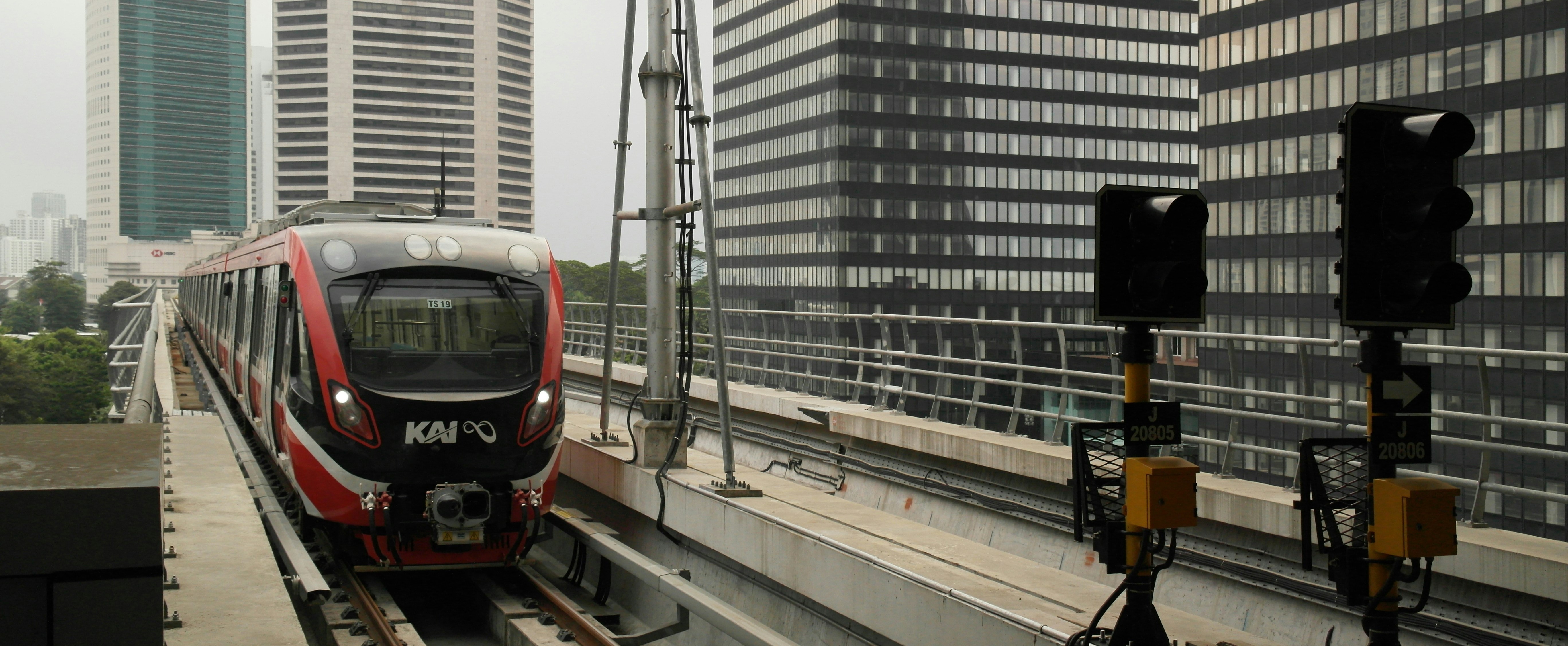What Are the Scale and Impact of the Urban Infrastructure Investment Gap?

Transport infrastructure can serve as a catalyst for trade expansion and local economic development by improving connectivity, reducing costs, creating jobs, stimulating productivity, and promoting investment and regional development. Despite all its benefits, the transport sector accounts for 23% of emissions globally and 30% in developed countries, and total transport emissions are still increasing (UN, 2021). Drastic reductions in transport emissions and improved access to integrated transport systems worldwide are urgently required to achieve decarbonised, sustainable development.
The Global Infrastructure Outlook predicts that by 2040, there will be a global need for nearly $50 trillion in transportation investments to keep pace with rapid population growth and support sustainable economic development. The investment gap is estimated at $10 trillion. Much of this investment is required in cities, particularly in middle-income and developing countries.
Emerging economies, especially in the Global South, face significant infrastructure deficits, with 60-70% of required investments concentrated in these regions. To support its developmental goals, Africa's transport infrastructure investment needs to double from $20 billion in 2015 to about $45 billion by 2025.
Despite this pressing need, mobilising sufficient resources to finance such investment remains a significant challenge. Public funding, while crucial, often falls short, necessitating greater involvement from the private sector to bridge the infrastructure investment gap. Many governments in the Global South face constraints in financing infrastructure projects solely through public funds due to rising debt levels and budget deficits.
The fiscal situation is dire. The poorest countries in the world – sometime referred to as - LDCs now spend 12% of their revenues on interest payments -- four times more than a decade ago. Developing countries pay around twice as much on average in interest on their total sovereign debt stock as developed countries. This has a real negative consequence on people: roughly 40% of the global population lives in countries where governments spend more on interest payments than on education or health.
Unlocking private sector financing is crucial to meet infrastructure demands and drive socioeconomic development, as state budgets alone cannot bridge the growing gap. However, the private sector requires returns on investment and confidence in the local investment climate. This has led to a concentration of investments, with 62% occurring in ten countries, predominantly OECD members. Yet, private investment commitments in low- and middle-income countries totalled US$76.2 billion in 2021 across 240 projects, indicating potential collaboration opportunities (SLOCAT, 2021).
Unlocking private sector financing is key to meeting infrastructure demands and driving socio-economic development, offering hope for inclusive and resilient infrastructure development. But how do we do it? To get some ideas, MobiliseYourCity – within the framework of the Hamburg Sustainability Conference gGmbH- on April 16, 2024, organised the round table “Bridging the Gap: Public and Private Sector Investment in Global Gateways Transport Corridors- Unlocking Opportunities for Sustainable Transport Infrastructure in the Global South”. The event brought together 16 experts on the topic from the public and the private sector. It was the occasion to collaborate and reflect together on the challenges and opportunities for financial support to the Global South in its path towards sustainable urban mobility.
To read about what they suggested, click here